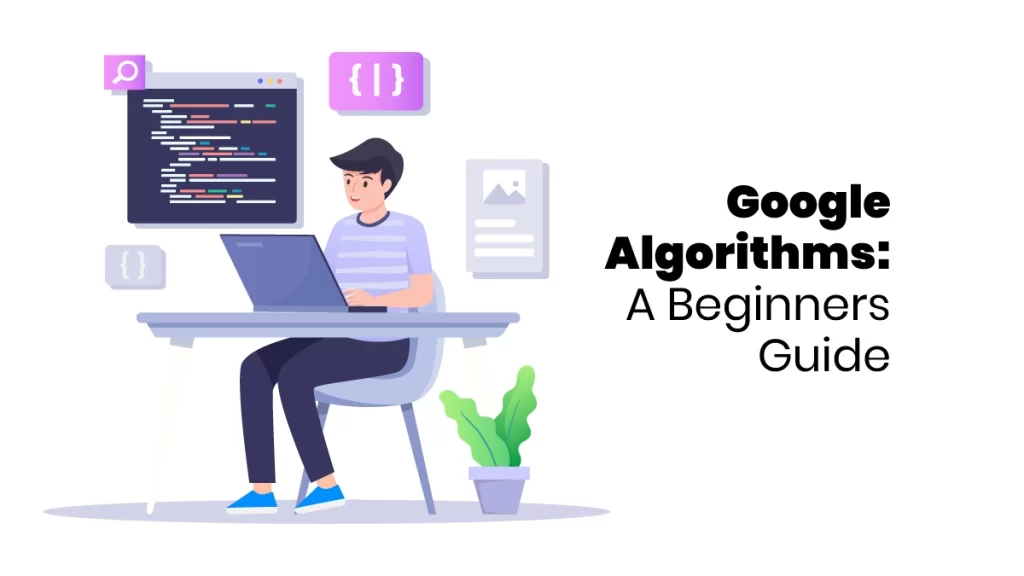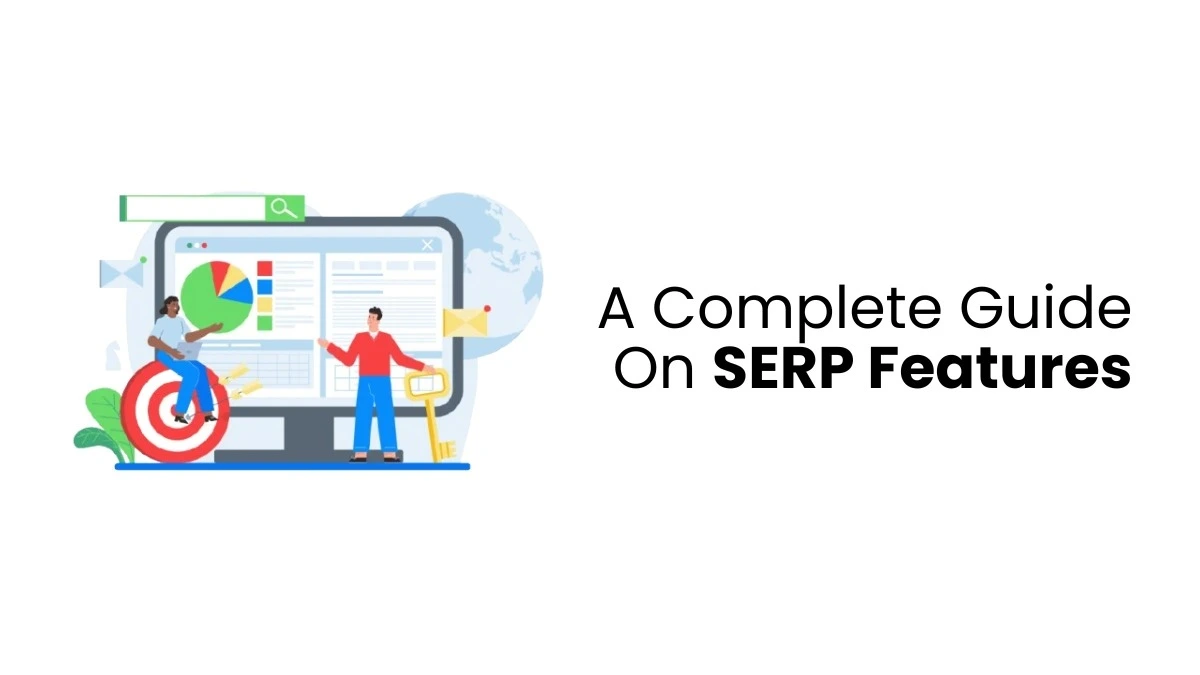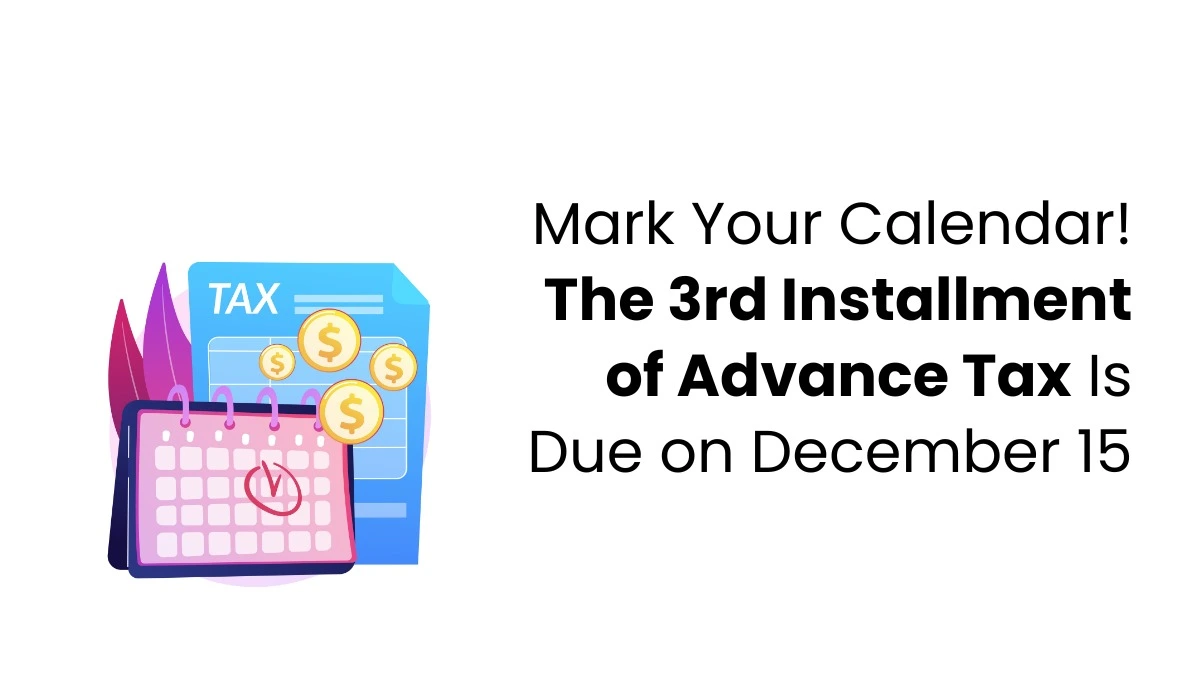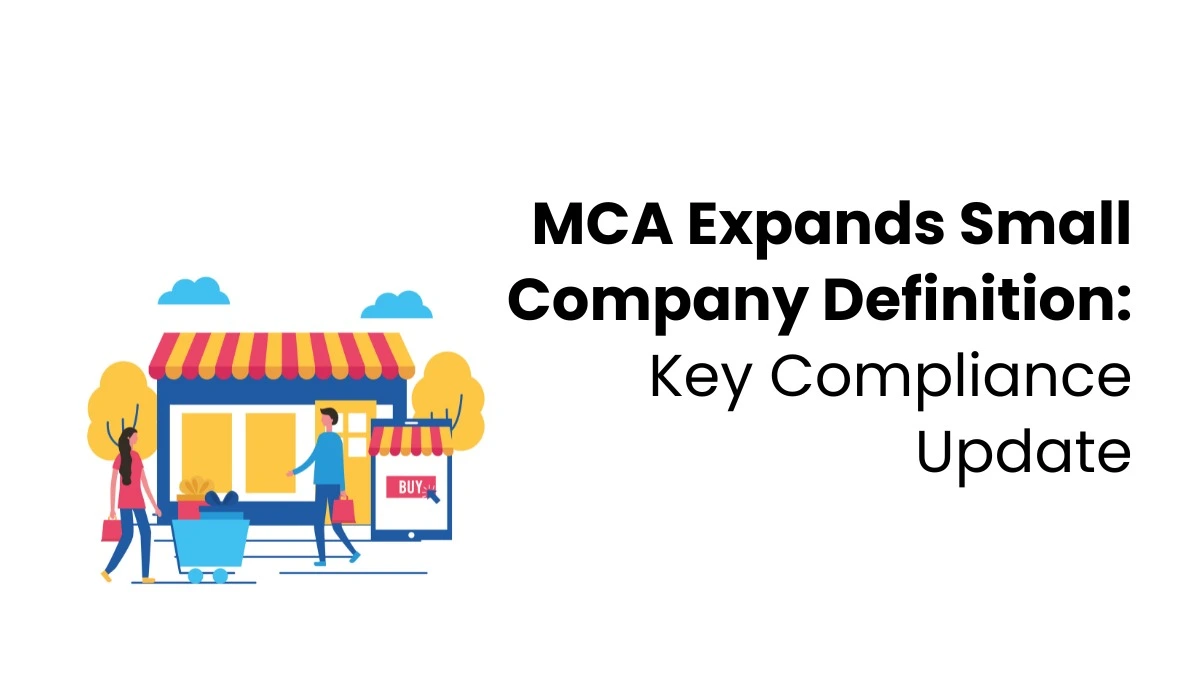SEO is essential, and Google algorithms are good at determining which websites should be at the top of search results. You can’t trick Google anymore with sneaky keyword tricks. Now, Google uses its innovative computer programs to find the best web pages that match what people are looking for. Whether helping clients or running your websites, knowing how Google works can boost your traffic and beat your competition. But first, let’s talk about a search “algorithm” and how Google uses it.
Simply put, a search algorithm is a fancy term for the rules that Google algorithms use to figure out which web pages are essential. These rules help Google sort through all the web pages and show the ones that match what people are searching for. With so much things on the internet, Google has gotten good at sorting through it all. To give you the best search results, Google has many complicated rules and procedures (called algorithms) to find, sort, and understand web pages from all over the internet.
This extensive collection of web pages is what Google looks at when it shows you search results. Remember, Google isn’t the whole internet – it’s more like a helpful guide, showing people where to find what they’re looking for. As the top search engine, Google handles over 3.5 billion searches every single day worldwide!
With that many searches, Google has much power to make or break websites and businesses. That’s why making Google happy with your website is essential. Now, let’s learn about four of Google’s most important ranking rules and how to use them to your advantage.
1. Panda algorithm
Panda loves good content. Write original content that answers questions. Don’t copy others. Make your content better than the rest, but don’t add extra words for no reason. If you sell things online, make sure your product pages are top-notch.
Google Algorithms of Panda, starting in 2011, rates web pages based on how good their content is, and it gets updates regularly. It was made to find and hide websites with copied or lousy content from search results. Later on, it became a big part of Google’s ranking websites in 2016. Panda helps Google show helpful search results, making it the best search engine online.
How does it work?
Think of a Panda like a bear that prefers thick, original content. It doesn’t like seeing the same content repeated across different pages, and it’s not a fan of too many keywords added in. Websites with lots of copied content or low-quality content might get ranked lower, which means fewer people will see them. Pages with good, unique content should get higher rankings. But sometimes, things like a website’s history and the links it gets matter more.
How do you avoid getting penalized?
Website owners and SEO managers can avoid Panda penalties by prioritizing quality content and not copying from others.
2. Penguin Algorithm
Penguin likes genuine, good relationships between websites. Avoid Penguin’s trouble by making authentic, quality links across the internet. Building solid links takes time, just like making friends – there are no shortcuts. If you’re getting links, check your website’s links often to keep them natural and clean.
Google’s Penguin algorithm, which started in April 2012 and was later added to the central banking system in 2016 (like Panda), checks for and lowers the value of websites with fake or unnatural links. Penguin updates have changed search engine optimization(SEO), and using old tactics can hurt your site or even get it removed from Google. Penguin focuses on backlinks, so SEO managers and web admins should focus on getting good, trustworthy links between websites.
How does it work?
Penguin algorithm likes to see strong interlinks among websites. Even with all the talk in the industry, building good links is still super important for better rankings, and Penguin ensures websites don’t cheat the system.
How to avoid getting in trouble?
Listen to Google algorithms and avoid using tricks to get higher in search results. Focus on building the links you want, not just for a quick boost. If you’re new to building links or want to change how you do it, aim to “earn” links by making ones you’d never want to take away.

3. Hummingbird Algorithm
A hummingbird of Google algorithm update is like a hungry bird ready to feast on your website. To catch its attention:
- Make pages that exactly match what users want.
- Use different words and target longer phrases with less competition.
- Look at what your competitors are doing better than you. If you’re not good at writing, try answering common customer questions naturally—here’s an example.
Released in September 2013, Google’s Hummingbird algorithm changed how the search engine understands what users are searching for. It rewards websites that directly answer what users are looking for. Instead of focusing on keywords, Hummingbird wants websites to match precisely what users search. Its goal is to help Google understand what users mean when they search and show more accurate results.
How does it work?
Hummingbird isn’t just bright about different web users; it’s also quick at figuring out what someone is looking for. Before showing results, it suggests related searches in the search box.
So, how can you get noticed by Hummingbird?
Websites that meet the criteria of both algorithms should see their rankings improve over time. Hummingbird might be part of why your website could do better in your niche. Start by making your website “Hummingbird friendly” from the beginning of any digital project.
4. Pigeon Algorithm
Pigeons are like delivery birds, bringing you better local results once you pay attention to them. Use Google My Business and get listed in trusted online local directories like Yelp. When creating content, focus on text and pictures closely tied to a specific place. Gather user reviews to help you stand out locally if you offer services.
Released in August 2013, Google’s Pigeon algorithm was made to improve local search results. Before Pigeon, Google’s local search results could have been more organized, so they needed an update to consider location and distance when showing results.
After Pigeon algorithm, Google reduced the number of local business results from 7 to 3, making it more challenging to get local exposure. However, the algorithm also combined Google search results with Google Maps, making it easier for websites to rank higher for local searches.
How does it work?
Just like homing pigeons find their way home, the algorithm needs to know where users are before showing search results (but Google needs your location data for this). Pigeon shows how Google cares about mobile users, always trying to give them relevant results.
How to get noticed locally?
Pigeon likes seeing local connections and rewards for having consistent data online. Focus on basic SEO with location-based keywords and use Google My Business listings. To impress Pigeon, create quality directory listings with consistent information and work on getting positive user reviews.
Knowing how Google ranks websites helps you focus on what matters. Getting higher rankings takes time and careful planning because meeting Google’s standards can be tricky. But if you follow what each algorithm wants, it guides you toward success online. Using tactics that impress Google’s algorithms is crucial because they decide who succeeds online.
Google constantly changes its rules to improve search results and stay on top. With over 200 factors to consider, staying updated is essential.
If you love marketing, thrive in fast-paced settings, and want to express your creativity, a fulfilling career in digital marketing is waiting for you. Getting the best digital marketing course in Kerala is vital for achieving business success. Finprov offers top-notch digital marketing training in Kochi that is designed for graduates and professionals. One of their standout courses is the PG Diploma in Digital Marketing & E-Commerce certification, which equips candidates with the skills to execute successful digital marketing strategies and improve business results.
Finprov’s digital marketing training covers essential topics like the basics of digital marketing, using Google’s tools and platforms, running digital ads on different platforms, and techniques for promoting digital marketing campaigns. Participants also learn about essential tools and metrics, gaining a deep understanding of email marketing, search engine marketing, social media marketing, search engine optimization, video marketing, and more.










